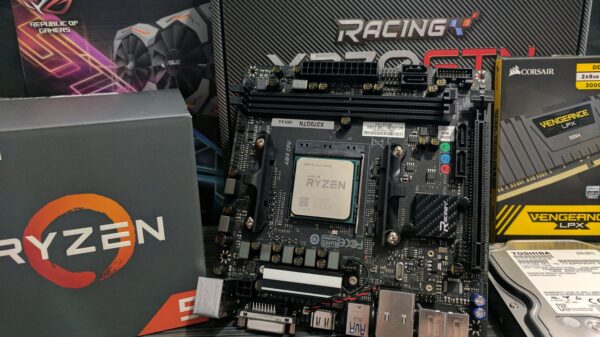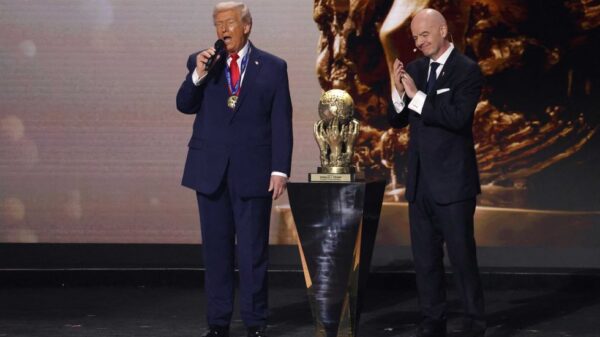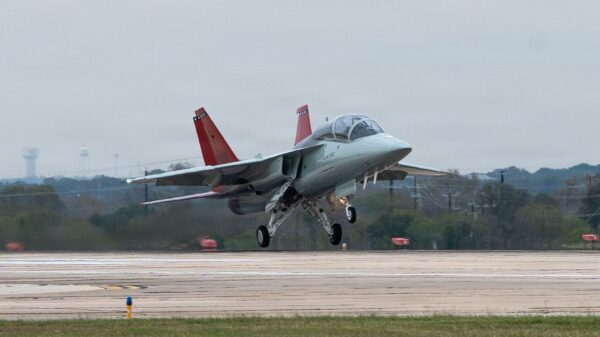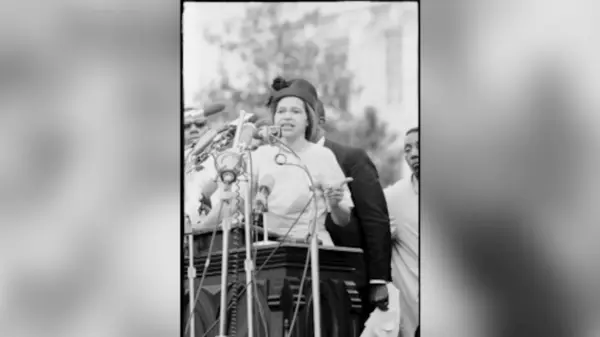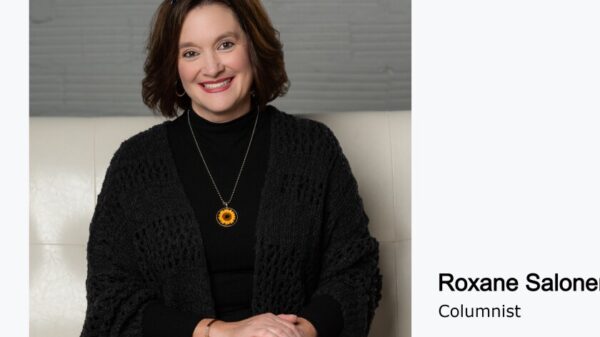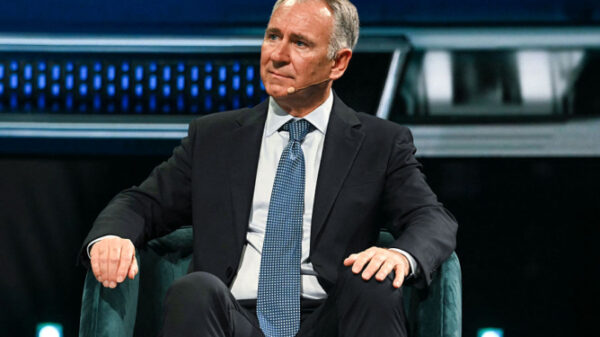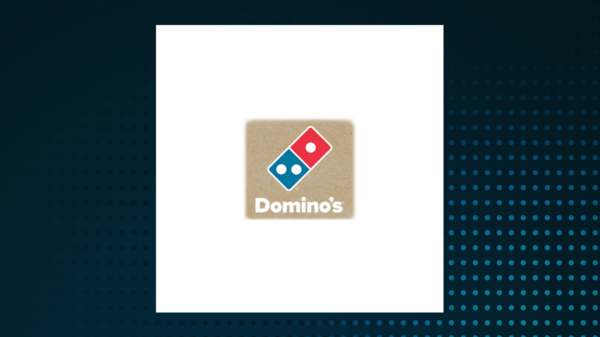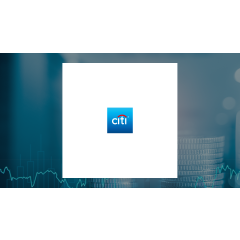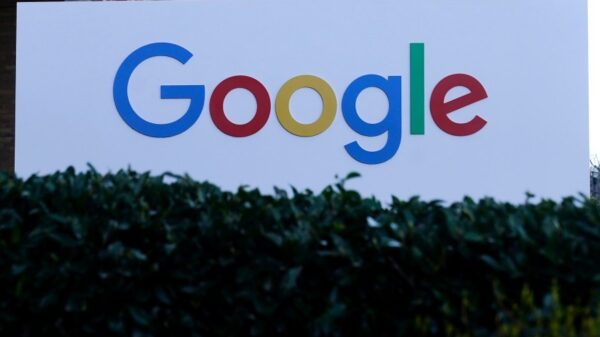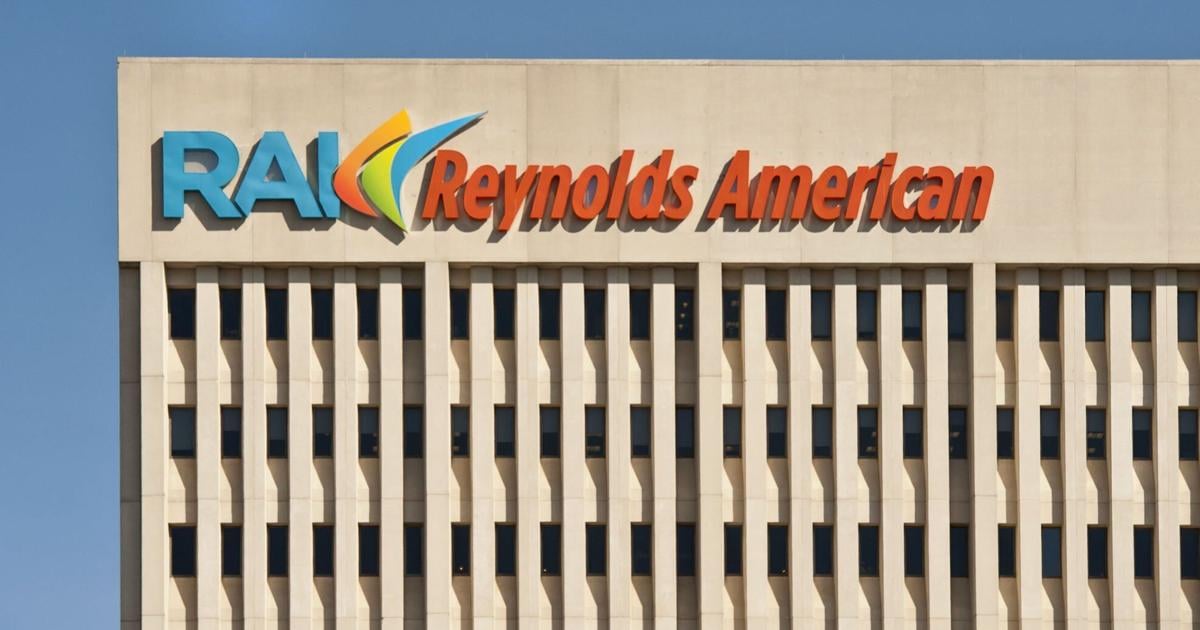Traditional cigarette prices have risen for the fourth time in 2025, as manufacturers like Philip Morris continue to evaluate how much consumers are willing to pay for a pack. This latest increase reflects ongoing adjustments in the tobacco industry, particularly as competition intensifies. Reynolds American, a major competitor, is expected to follow suit by implementing similar price hikes.
The reasons behind these increases are multifaceted, ranging from rising production costs to efforts to offset declining smoking rates. Tobacco companies are keen on understanding consumer behavior and pricing sensitivity, especially as public health campaigns continue to influence smoking habits.
In North Carolina, the impact of these price changes is particularly relevant. The state has a rich history of tobacco production and remains a significant market for cigarette sales. Local tobacco control policies and public health initiatives may further shape the landscape in which these companies operate.
In addition to the economic implications, the price hikes also raise questions about public health. As cigarettes become more expensive, experts speculate that some smokers may seek alternatives, such as e-cigarettes or other nicotine products. This shift could have lasting effects on both the tobacco industry and public health initiatives aimed at reducing smoking rates.
As the year progresses, industry observers will be monitoring the reactions of both consumers and competitors. The response from Reynolds American and other manufacturers will likely be influenced by these market dynamics.
Overall, the ongoing adjustments in cigarette pricing reflect broader trends within the tobacco industry, highlighting the challenges and opportunities faced by major players in an evolving market.




